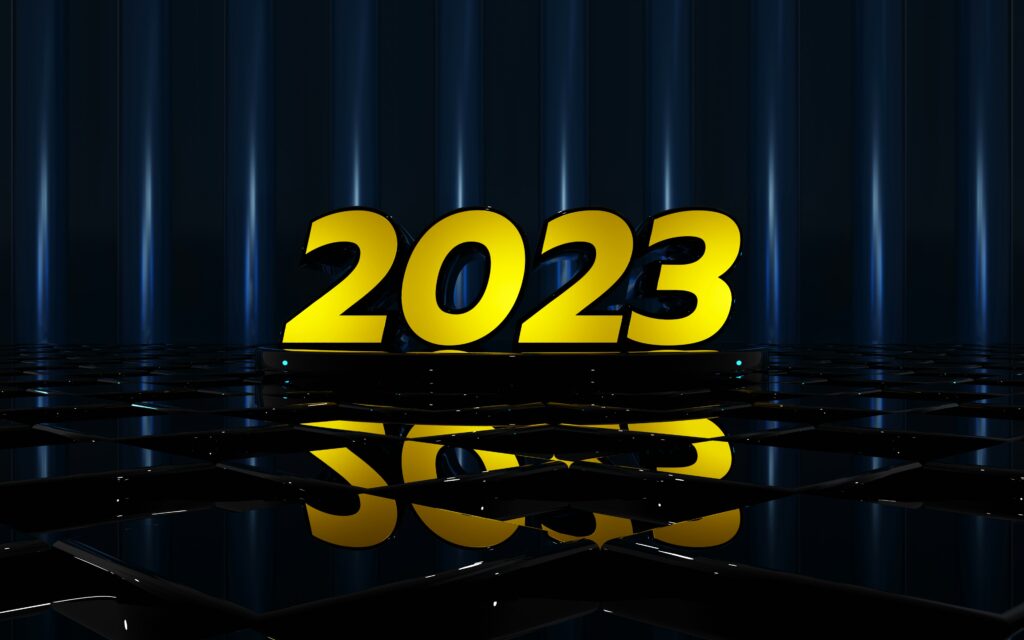What Is anastigia?
Let’s get to the point. Anastigia isn’t some highbrow academic theory. It’s a practical framework around emotional recall triggered by sensory cues, especially visuals. Think of it as the way a certain aesthetic or style can tap directly into your memory and feelings—without words, explanation, or even thought. A blend of “anastasis” (revival) and “nostalgia,” it offers a balance between remembering and feeling.
This isn’t nostalgia in the sad, cloying way. Anastigia cuts out the sentimentality. It’s less “back in my day” and more “why does that thing just feel right?”—fast, efficient recall of relevance through aesthetics.
Why It Matters
Modern content is a blur. Users scroll fast, forget faster, and attention spans are short. The only way to punch through is with clarity—and memory. Anastigia gives creators and brands a cheat code to connect emotionally, without overloading the message. Familiarity breeds trust. If your visuals or story echo something meaningful, the mind leans in.
Marketers, filmmakers, UX designers—anyone who constructs experience—can use anastigia to bake connection into the design. Reference the right era, vibe, or code, and your audience gets onboard faster because they already know… even if they don’t know why.
Creating with anastigia in Mind
Don’t overthink it. You don’t need a PhD to apply this concept. You just have to know what your audience has seen, lived through, or loved. Here’s how to work it in:
- Audit your references. What era or mood are you channeling? You’re not copying, you’re invoking.
- Simplify visual cues. Use color, texture, or shapes that tie back to a familiar context.
- Don’t explain. The power of anastigia lies in frictionless recognition. If you try too hard to justify it, you break the effect.
- Test for resonance. It’s not about taste. It’s about trigger. If something gets a strong emotional hit consistently from different users, you’re on the right track.
Strategic Use Cases
Let’s apply it to the real world. Spotting and using anastigia well gives you a competitive edge.
Product Design
Retro gaming hardware keeps selling—why? It leverages anastigia. The design stirs memory even if the user isn’t old enough to remember the original. It feels authentic, timeless. The tech might be new, but the shell? All memory.
Content Creation
Consider viral TikToks using VHS filters or grainy 90s music beds. These aren’t accidents—they’re tools that tap into collective emotional archives. Users feel something before they make sense of it.
Branding
Heritage brands sharpen relevance by using past designs or tones sparingly but precisely. They don’t rebrand; they resurface. A limitededition packaging using an old logo does more than look cool—it feels right. That’s anastigia.
Don’t Fake It
This isn’t the same as a throwback or a trend. Anastigia isn’t cosplay. It’s about authenticity of experience. You’re not slapping a filter on for clout. You’re reaching into emotional memory and pulling out meaning.
So yes, timing matters. If your audience doesn’t share the reference point, it flops. If the tone’s off—too ironic, too forced—you lose trust. Using anastigia means knowing when and how deep to go.
The Psychological Edge
Memory works fast. Micropatterns in shape and sound trigger the hippocampus quicker than logic ever could. That’s why soundtracks matter. That’s why a shape of a sneaker tongue can make someone feel seventeen again. We attach feelings to motifs over time.
And we recall those feelings lightning quick.
This is where anastigia earns its place—not just as a trend or concept, but as a mental shortcut to emotion.
anastigia in the Digital Age
Ironically, in a world obsessed with the future, anastigia is a tool to anchor us. Algorithms churn out endless new. But if you want real attention, you’ve got to serve familiar. Not stale. Familiar. That’s the subtle art.
It’s why lofi beats work. Why pixel art still connects. Why typewriter fonts make email headers feel more human. The digital world needs warmth, needs anchors—and that’s exactly where anastigia becomes indispensable.
Closing Thoughts
If you’re building, designing, or storytelling today, you’re not just making something new. You’re joining a conversation with everything that came before. That doesn’t mean recycle. It means reference with intent.
Anastigia is your bridge. Use it to compress communication, boost emotional impact, and create systems that resonate without explanation.
Don’t just show. Remind.


